- Where and when were landrace strains first discovered?
- When did landrace strains become popular in the modern world?
- Involvement in Today’s Marijuana
- What are cannabis phenotypes?
- Landrace Strains vs Hybrids: What's the difference?
- Is there a benefit to growing landrace strains?
- Landrace Strain List
- Conclusion
At their most basic, landrace cannabis strains are those that are indigenous to a specific region. Over time, they have adapted to certain climates. When they are grown in those climates, these plants are extremely consistent. These strains are not hybrids, but typically pure indica or sativa strains.
Not every country in the world has landrace strains. Without growers obtaining seeds from these areas, marijuana may have never spread throughout the world the way it has. Today, landrace strains are considered quite rare. This is just one reason connoisseurs are fascinated with them.
Where and when were landrace strains first discovered?
It’s believed that all cannabis originated from Central Asia. This was where the first landrace strains were grown as early as 2900 B.C., according to historical documents. At that time, cannabis wasn’t thought of as weed, as we know it today. Instead it was used for food, both for people and livestock, and fiber. It was believed even at that time, that marijuana held spiritual and medicinal properties, as well.
Approximately 5,000 to 10,000 years ago, prehistoric humans then took the plant to Eurasia. There they planted it mainly for food. Humans then took cannabis to the Middle East, Africa, and Southeast Asia. That proliferation occurred approximately 500 to 2,000 years ago. More recently, cannabis came over to the New World around the year 1545 A.D. It was then on to Australia in approximately 1788.
Without this human interaction, marijuana would likely still be restricted to the landrace strains in Asia. While cannabis is good for many things, it is not self-pollinating and does not have the ability to disperse itself well.
When did landrace strains become popular in the modern world?
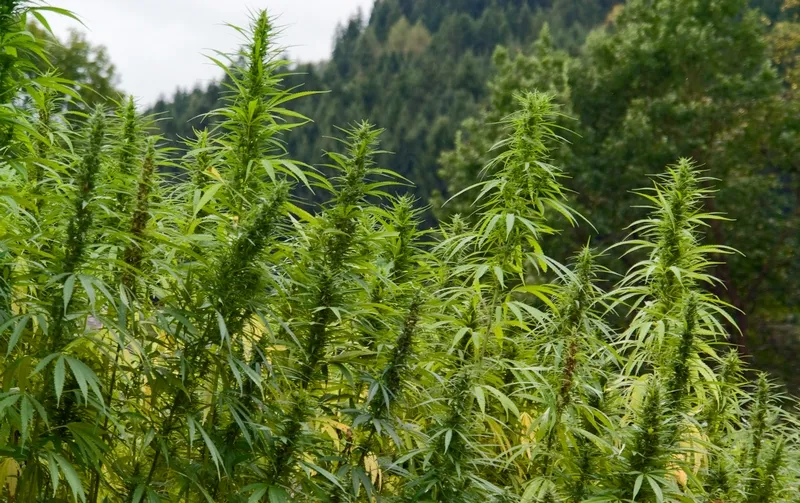
Landrace strains have certainly become popular once again. Any connoisseur would love to get their hands on something so rare. However, generations ago, people were already realizing just how valuable a true landrace was.
It was during the 1960s and 1970s that people around the world started to collect original weed strains to grow them on their own. They would find a landrace and bring it back to places such as Hawaii and California to breed them. These strains are known as heirloom strains.
Today, people are still on the hunt for the perfect landrace. But this begs the question: if you remove a landrace from its original home, is it really still even a landrace?
Involvement in Today’s Marijuana
Today’s marijuana market is very different than the one in 2900 B.C., or even in the 60s and 70s. During these times, humans enjoyed the most original weed in landrace and heirloom strains. Today, it’s vastly different. In fact, the vast majority of marijuana today is not landrace or heirloom. If anything, it may be a phenotype, but it’s more likely to be a hybrid strain.
What are cannabis phenotypes?
Phenotypes are descendants of landrace strains that have been removed from their environment. The environment is the very thing that makes landrace strains what they are. The climate, humidity, temperature, and all growing conditions contribute to the beauty that is a landrace strain.
When seeds or clones are taken out of this environment and placed into another, they must then adapt. They must change the way they grow in order to become beautiful, healthy plants. As they do this, they change from a landrace into a phenotype. Phenotype plants are those that have adjusted to their environment and have grown under different conditions.
What are cannabis hybrids?
Hybrids on the other hand, are something else entirely. Hybrid marijuana plants have the genetics of two different parental strains. This is done to get the best of both worlds. Some breeders will cross two strains in order to take the flavor profile of one, and combine it with the high THC content of another. Or, they’ll cross plants in order to breed a high-yielding plant with a plant that is very easy to grow.
Hybrids take up most of today’s marijuana market. As breeders, growers, and enthusiasts become obsessed with the many different choices available, they continue to try and create the perfect strain. While a hybrid may come from certain landrace genetics, they are not considered to be landrace strains. They are not even heirloom or phenotypes. Instead, they are a unique strain all to themselves.
Landrace Strains vs Hybrids: What's the difference?
While landrace strains have a long history, hybrid strains are much more modern. Hybrid strains are the end result of crossbreeding one strain with another for unique and desirable effects, growth, flavor, etc. Meaning, many hybrids seek out to improve upon landrace strain’s traits for cultivating or consuming.
The act of breeding, and cultivating hybrids is a more recent advancement in the legal industry. Today, some of the most notable traits of hybrids include -
- High levels of THC with trace amounts of CBD, or none whatsoever
- Low levels of THC with high levels of CBD
- Distinctive physical traits, like dense nugs, or purple coloring
- Unique terpene profiles
Despite the benefit, the increase of hybrid strains makes it more difficult to distinctly distinguish one strain from another. In addition, to complicating the identification of true landrace phenotypes versus hybrid crosses. For instance, Durban Poison is a rare sativa landrace whose genetics have contributed to popular hybrids like Cherry Pie. While Skunk #1 is another popular and legendary hybrid strain, that was cross-bred with two landrace strains, Acapulco Gold and Columbian Gold but is often confused for one itself.
The original Kush is a landrace, however this genetic line has been bred with hundreds of cannabis varieties so what we now have is a range of Kush seeds that all contain the landrace as their parent, but they have then been crossed with a different strain making them a hybrid.
Is there a benefit to growing landrace strains?
Growing landrace seeds offers genetic stability due to their longstanding evolution and natural resistance to regional pests, diseases, and climates. Cultivating landrace strains helps preserve their rare genetics for future generations, offers a more authentic cannabis experience similar to that of 'the old school strains' you might have smoked in the 60's and 70's. Landrace strains will also be more uniform than hybrids because they contain no other phenotypes.
Landrace Strain List
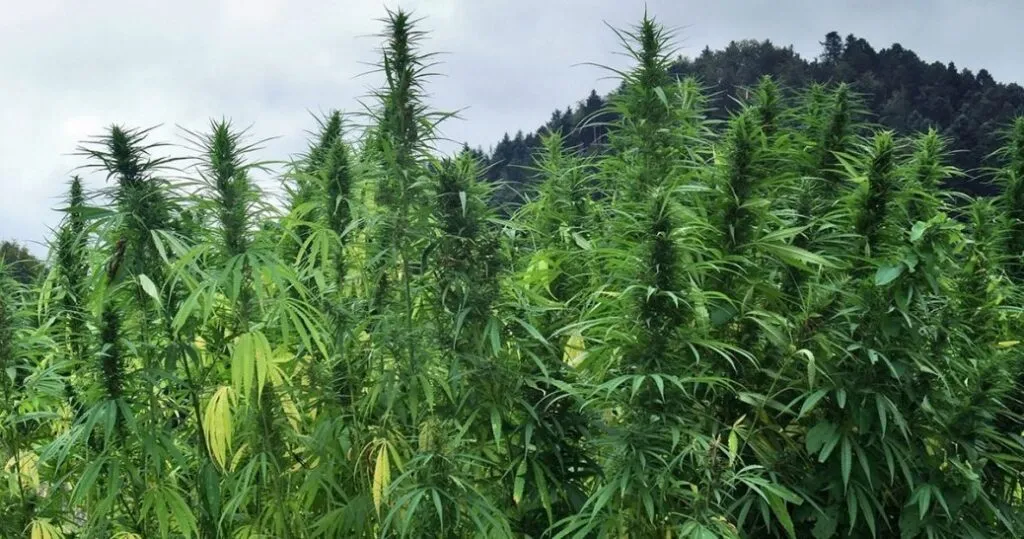
So, if you’re a connoisseur always on the lookout for a pure landrace strain, how do you know what to look for? Most of these strains are named after the region they originated in. Afghanistan and Pakistan are well-known for their pure indica strains, while places like Jamaica, Mexico, and Africa are known for their sativas.
A few of the most popular landrace strains, and the regions they come from, are below.
- Afghanistan/Pakistan: Hindu Kush, Afghani, Lashkar Gah, Mazar I Sharif
- Jamaica: Lamb’s Bread, King’s Bread
- Mexico: Acapulco Gold
- Africa: Swazi Gold, Kilimanjaro, Durban Poison, Malawi
- South and Central America: Panama Red, Colombian Gold
- Asia: Aceh/Atjeh, Thai, Chocolate Thai
- Other parts of the world: Pakistani Chitral Kush, Mag Landrace, Hawaiian Duckfoot, Puna Buddaz, Moloka’i Purpz, Punto Rojo, Limon Verde, Red Congolese, Luang Prabang, Altai
Conclusion
When talking about landrace strains and what they are, it really all comes down to where a strain came from. If a plant is indigenous to one region but then is planted in another, it may no longer be a true landrace but instead, a phenotype.
Still, that has not stopped dedicated enthusiasts from wandering the “Hippie Trail” in search of seeds. This trail is extensive and reaches from Europe into South Asia through Iran, Afghanistan, Pakistan, and India. Here, original weed plants and seeds can still be found for those in search of some of the truest and most pure weed to ever be smoked.
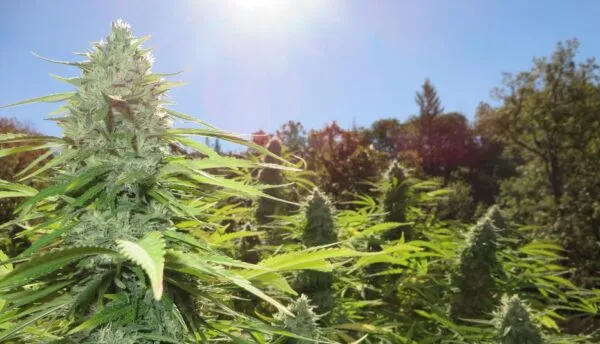
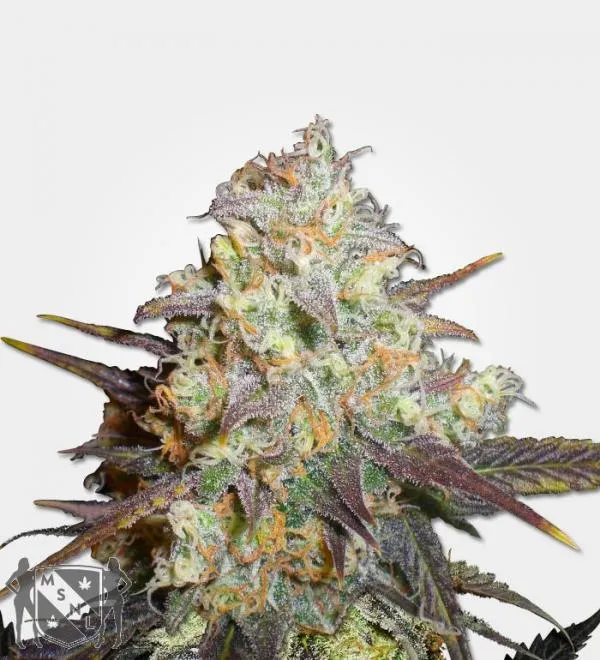
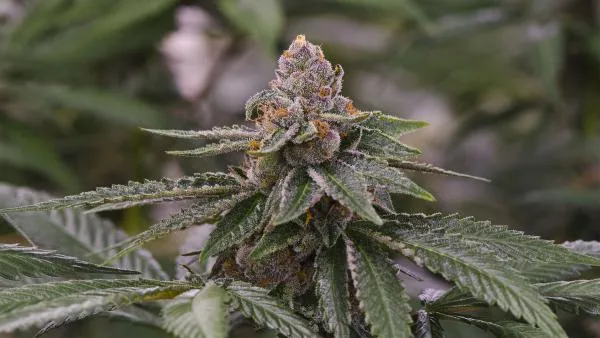
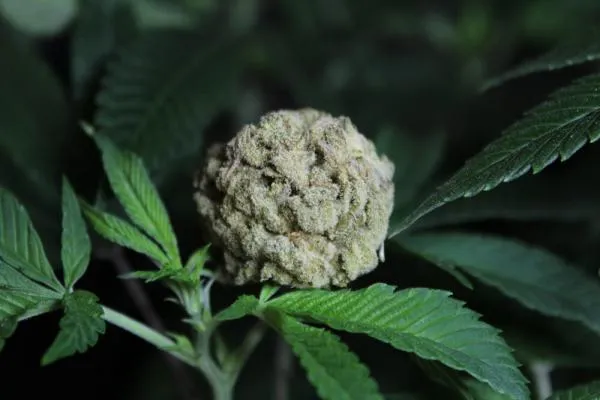
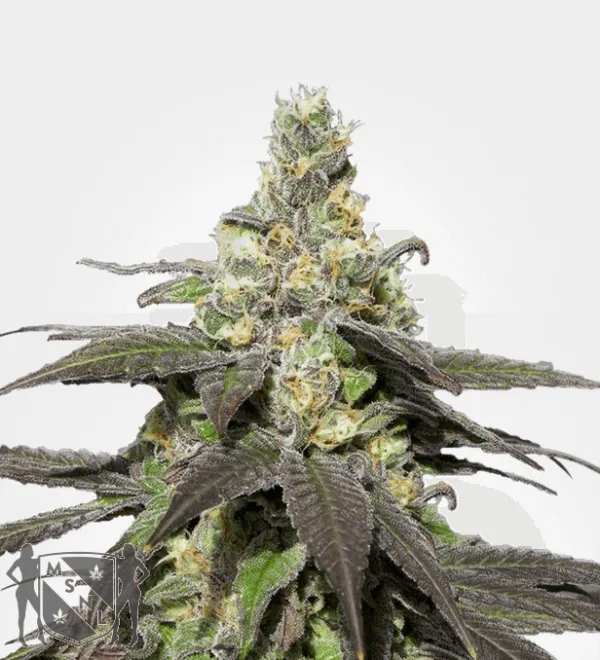
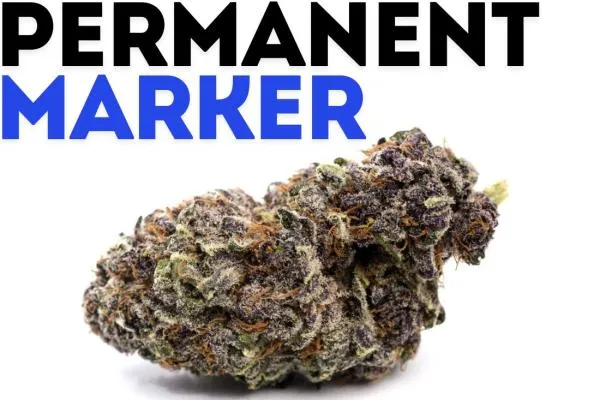
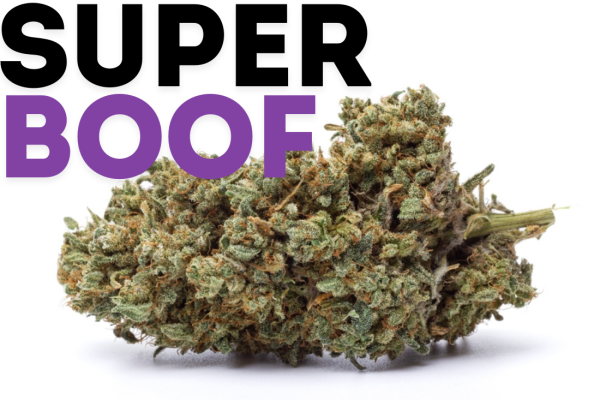
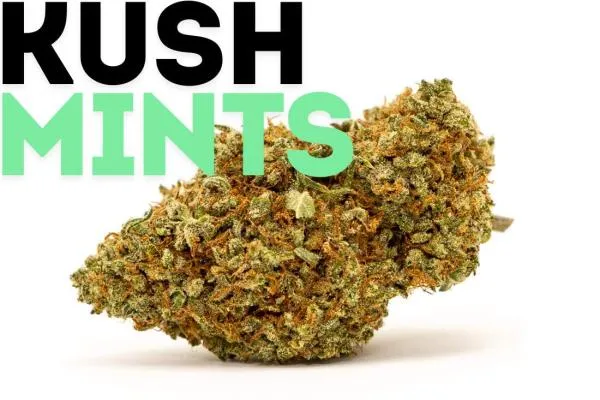
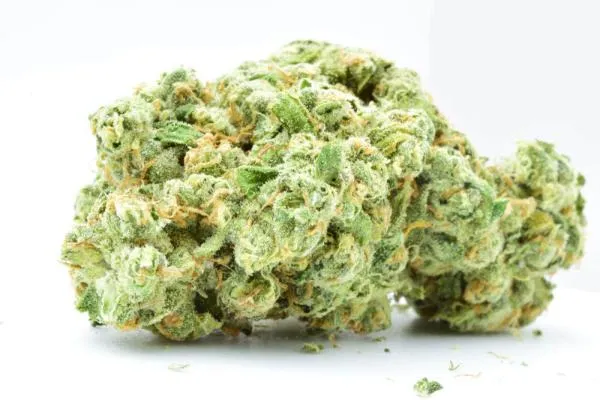


1 Comment